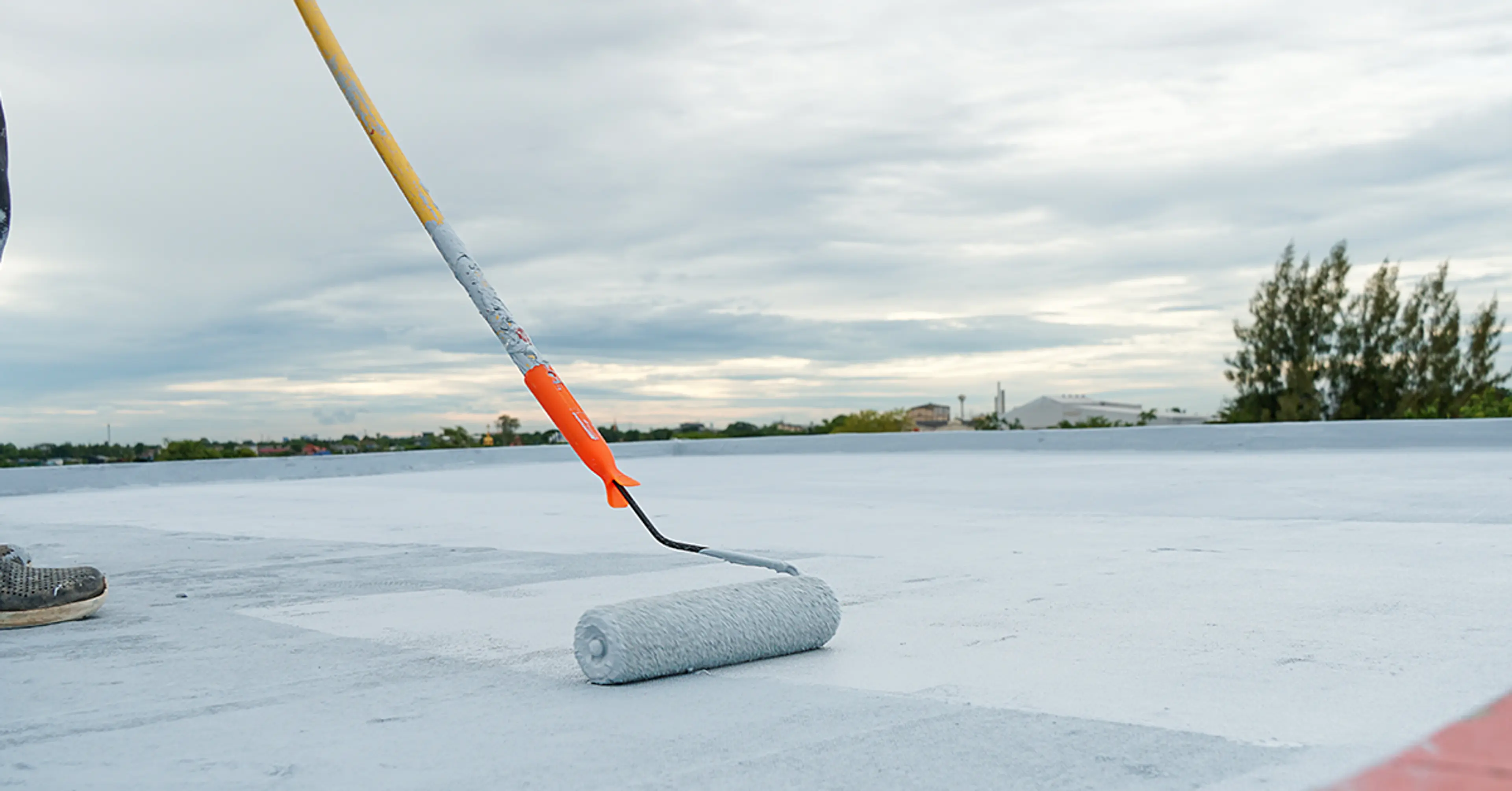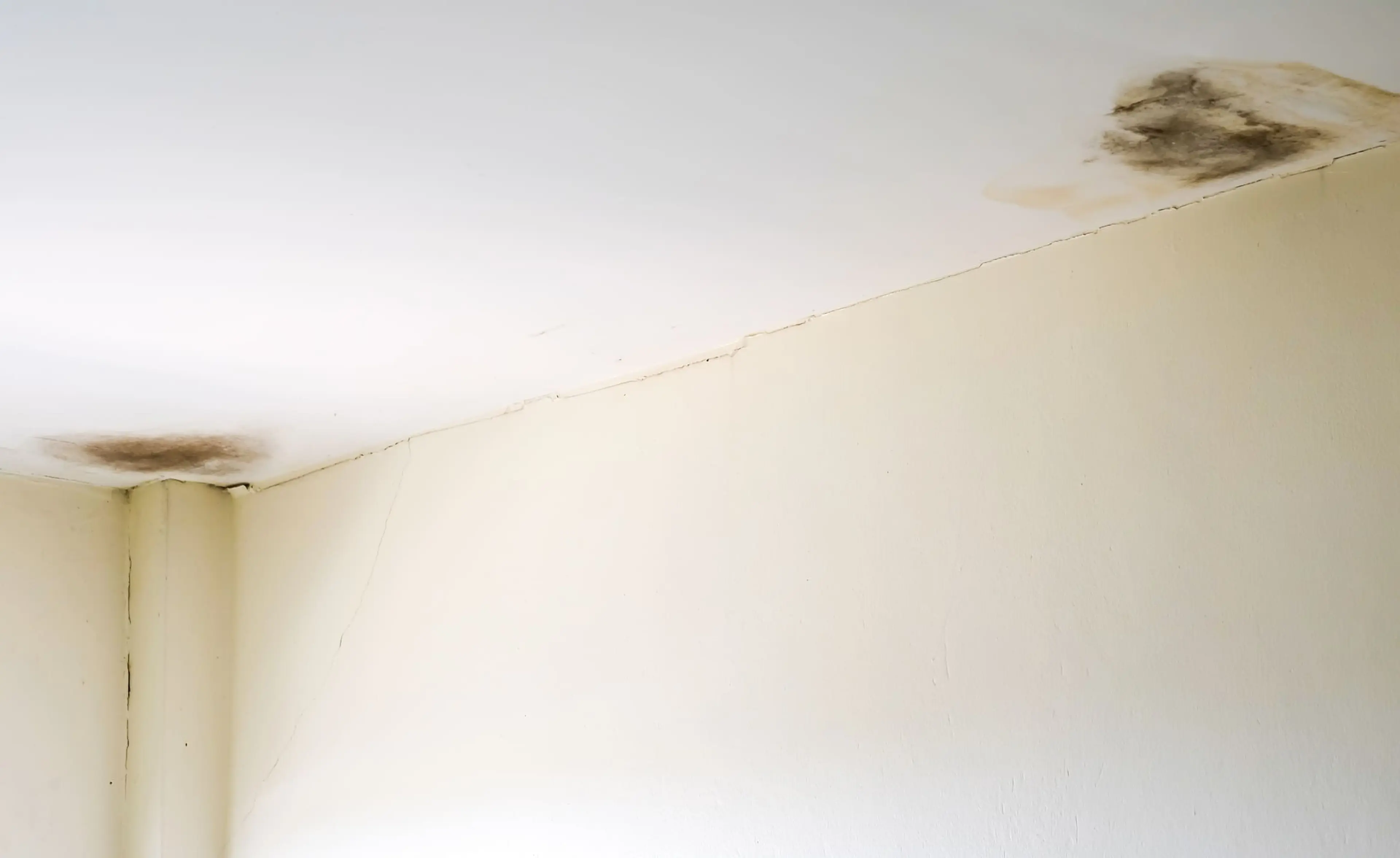Crystalline Waterproofing For Building Life Extension

 Sep , 2023
Sep , 2023- Waterproofing
- 10 Min Read
If you’re worried about your building’s lifeline, crystalline waterproofing could be your answer to prevent any damage from external elements.
What Is Crystalline Waterproofing?
Crystalline waterproofing contains a crystalline substance that includes a polymer binding other materials to create a waterproofing coating. This protects the surface from water and lasts longer.
The Importance Of Waterproofing For Building Longevity
The waterproofing properties of crystalline silicon provide longevity as they prevent water from entering a building through cracks or holes in the walls. Additionally, it reduces the risk of mould and mildew growth.
Process Of Crystalline Waterproofing
The process of crystalline waterproofing is integral to any house and includes two important steps, as follows:
Formation Of Crystalline Structures Within Concrete
While waterproofing the walls, a chemical substance forms crystals within the concrete to prevent water penetration. When painted over walls in a liquid form, it evaporates, and the chemical leaves behind tiny crystalline structures that block water from entering through the concrete.
Mechanisms For Blocking Water Penetration
Constructing a physical barrier between the external elements and home walls is the mechanism of blocking water penetration while crystalline waterproofing creates a blockage using a liquid polymer solution. This barrier tightly waterproofs your walls to prevent any water damage to them.
Types Of Crystalline Waterproofing Products
Powder-Based Additives
Constructed in various forms, preferably powder, they are designed to increase the strength and durability of the concrete and its water resistance.
Coatings And Membranes
Applied directly to the surface of the concrete, the coatings and membranes used for crystalline structures provide solid protection from water penetration by constructing a tight barrier against moisture.
Integral Crystalline Admixtures
Typically added during the mixing process of crystallisation waterproofing, these crystalline waterproofing chemicals enhance the strength and durability of the concrete.
Advantages Of Crystalline Waterproofing
Enhanced Durability And Longevity
Not just a cost-effective solution, crystalline waterproofing products extend the lifeline of your property.
This simply dictates one thing: no more worries about any major water damage or the cost of repairs associated with it.
Reduction Of Maintenance Costs
Among many other benefits of installing crystalline waterproofing, the reduction of maintenance costs is a huge one. Crystalline coating waterproofing protects your walls from any moisture content that might have a huge impact on your pocket.
Protection Against Chemical Degradation
The integral crystalline waterproofing method competes against other traditional methods that can seep into the ground, causing chemical degradation that ultimately causes harm.
Sustainability And Eco-Friendliness
A sustainable and eco-friendly solution: Crystallisation waterproofing, crystalline waterproofing chemicals and crystalline waterproofing products can last up to 10 years without any maintenance.
Application Of Crystalline Waterproofing
Pre-Construction Application
Before any concrete is poured, the pre-construction application is done by applying a water-repellent coating to the exterior structure.
Mixing Additives Into Concrete
The mixing of additives stage comes next, where the additives are mixed with a crystalline water repellent. It ensures that the concrete mixture maintains its strength and flexibility for a longer time.
Applying Coatings And Membranes To The Foundation
The water-repellent coatings and membranes are applied right over the top of the foundation concrete to prevent any water seepage that might occur through any cracks between layers.
Post-Construction Application
Post-construction waterproofing applications are designed to provide an extra layer of protection while crystalline waterproofing your foundation, walls, roofs, and more.
Surface Application To Existing Structures
Direct surface application to existing structures works by covering the surface of your structure in a thin layer of crystalline particles, preventing any water damage.
Repairing Cracks And Damaged Areas
Finally, repair any cracks and damaged areas using a crystalline coating waterproofing solution to make it smooth.
Factors Influencing Crystalline Waterproofing Effectiveness
Proper Surface Preparation
A fundamental key to effective crystalline waterproofing is that the surface should be completely dry and residue-free. Any existing coatings shall also be removed, and cracks and holes shall be repaired during the surface preparation stage.
Quality Of Crystalline Waterproofing Products
While considering crystalline waterproofing, deciding on high-quality crystalline waterproofing products and their effectiveness is one of the most important factors. You want to choose crystalline waterproofing products that are strong, durable, and long-lasting.
Application Techniques And Expertise
Crystalline waterproofing works best when the best professionals with high-level expertise are called in to do the job. The application techniques used during crystalline waterproofing give the best results. Berger’s waterproofing solutions and roof waterproofing solutions are a great way to kickstart your waterproofing journey.
Environmental Conditions And Exposure
Crystalline coating waterproofing works best in a more temperate climate than in extremely hot or cold environments.
Conclusion
Crystalline concrete waterproofing is a durable and long-lasting solution to waterproofing your house. Before implementing the crystalline waterproofing system, get Berger’s Moisture Metre to check the moisture content of your walls.
check for any query you have about the blog
Frequently Asked Questions
Poor concrete consolidation and dynamic cracks are some limitations of crystalline waterproofing.

Crystalline waterproofing is used to protect your walls from any water damage, such as seepage and leakage.

It’s best to apply crystalline waterproofing to exterior walls to protect your home from external elements such as rain.

The time required for crystalline waterproofing to cure depends on the temperature, humidity levels, and other factors.







